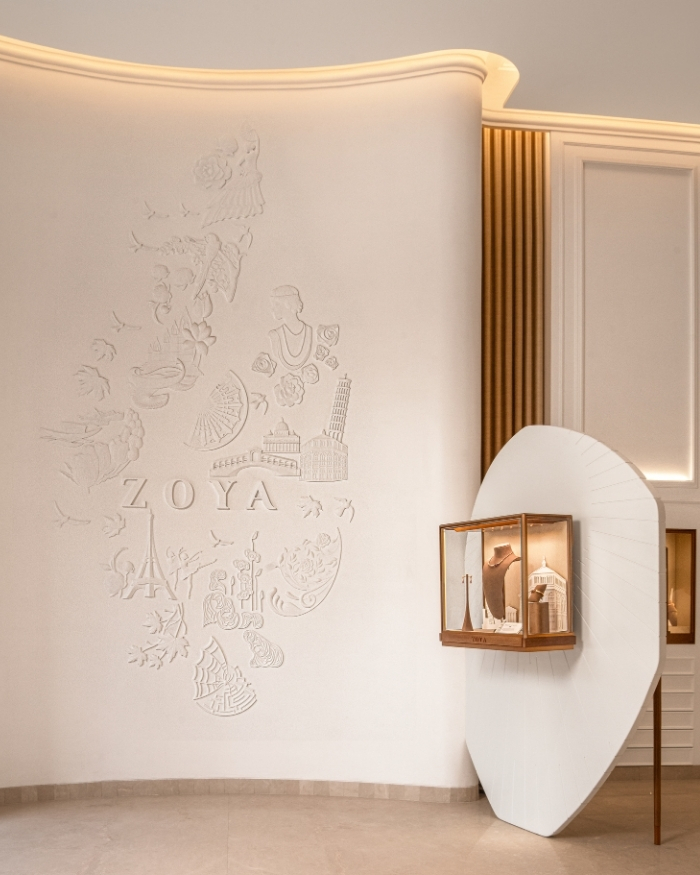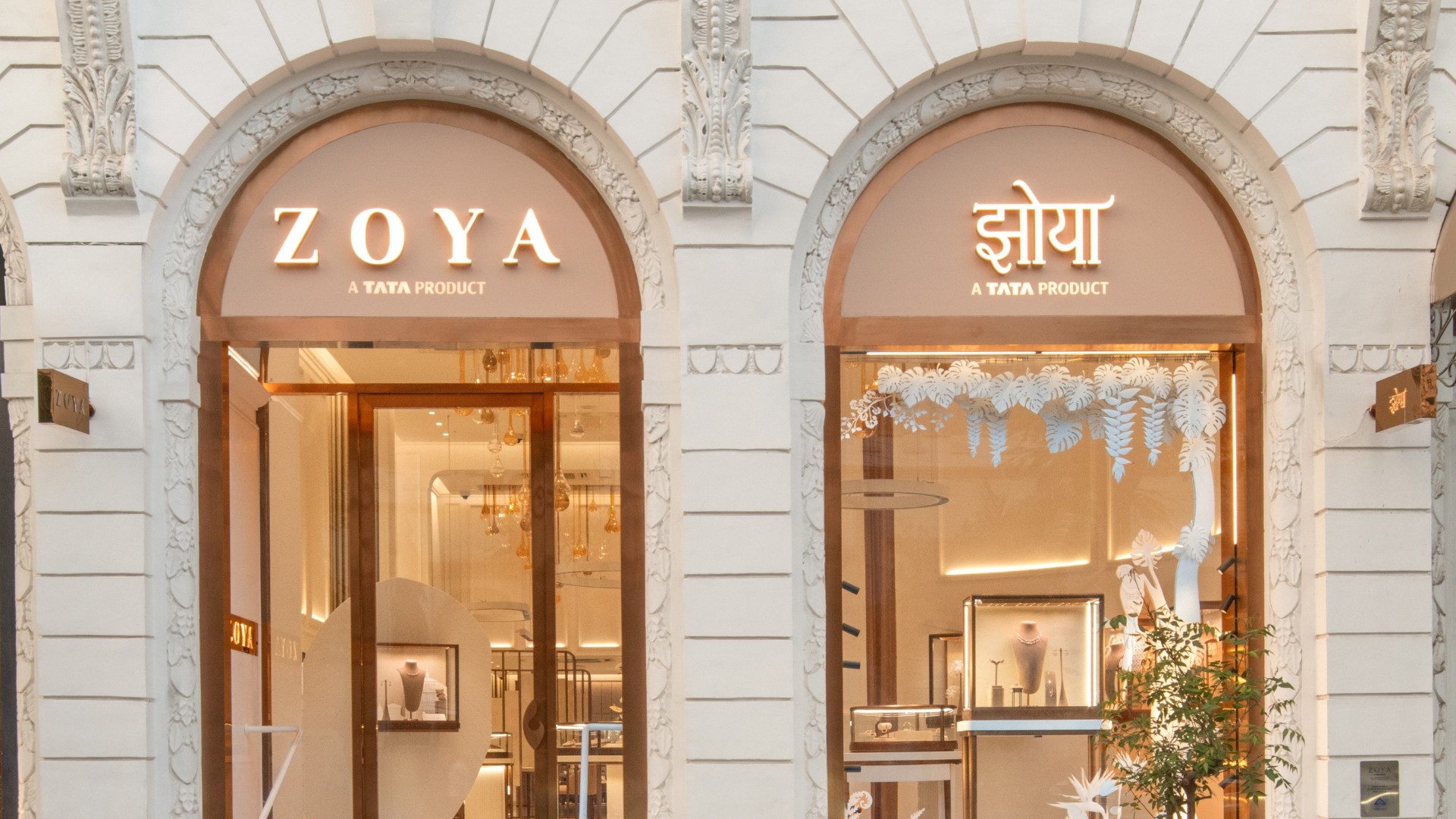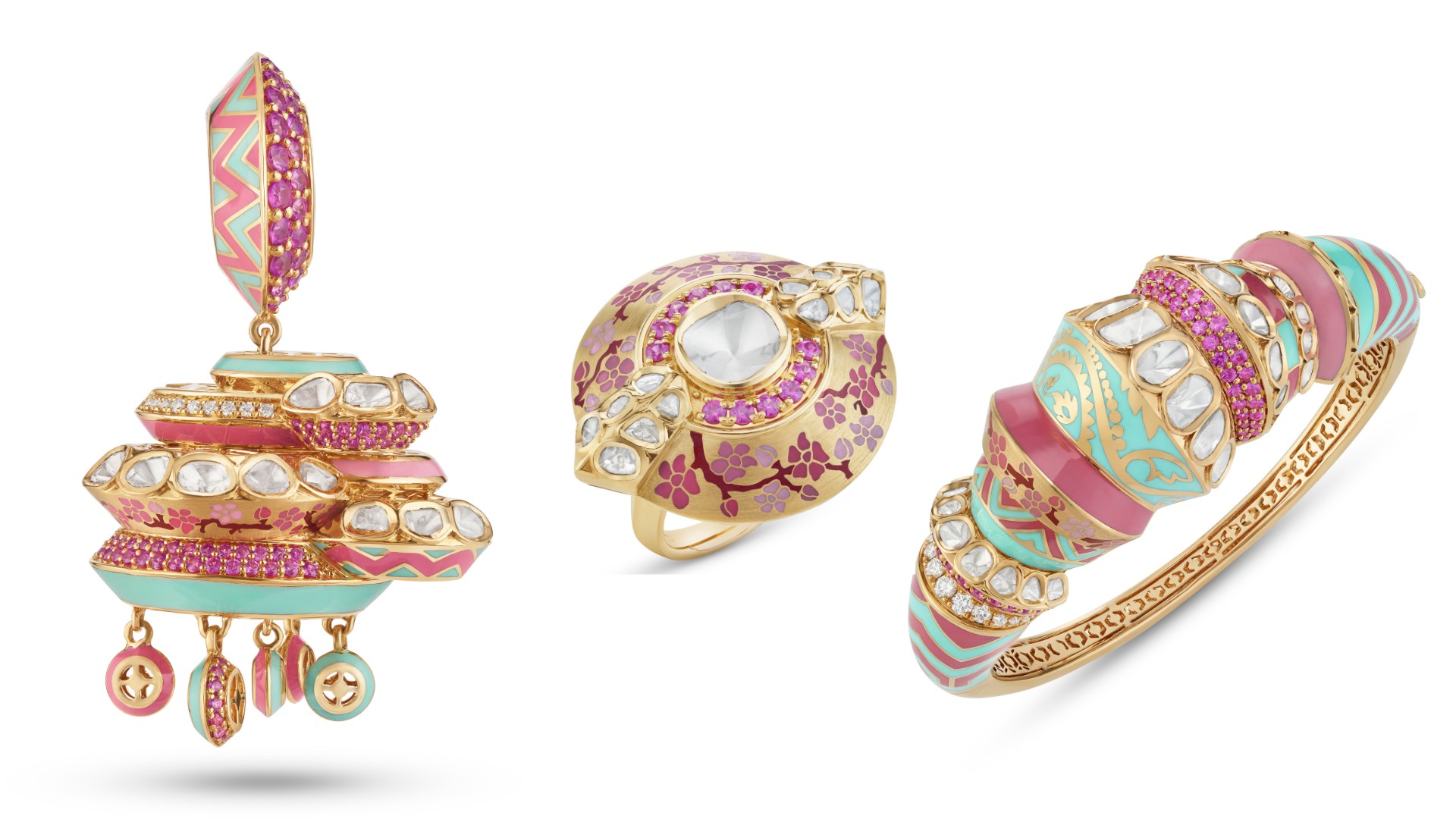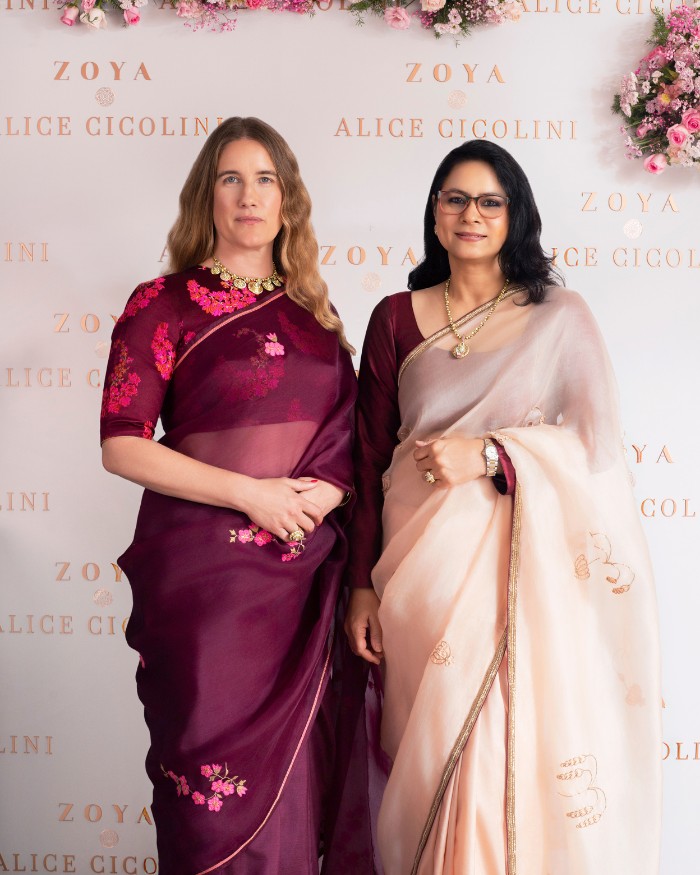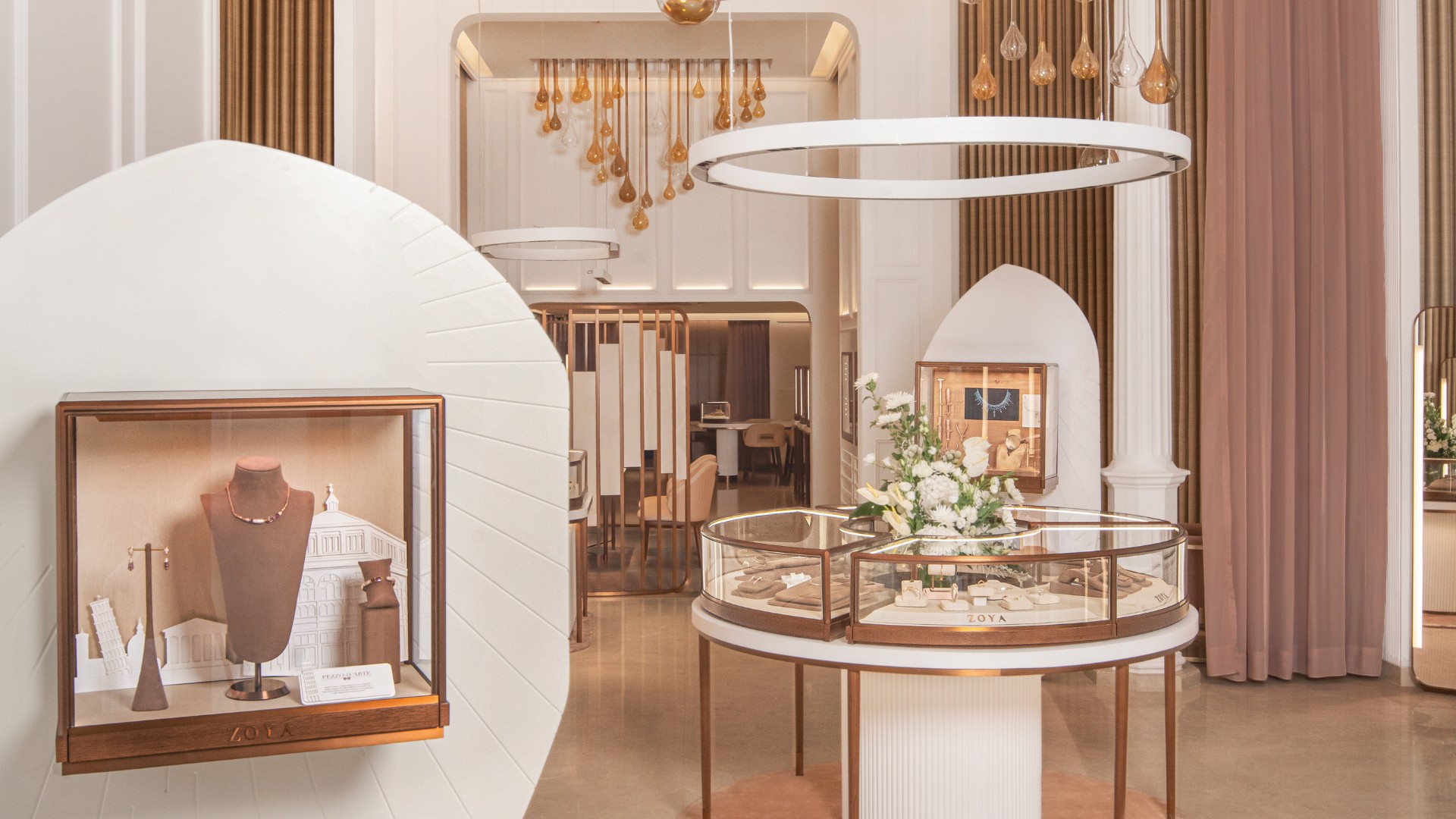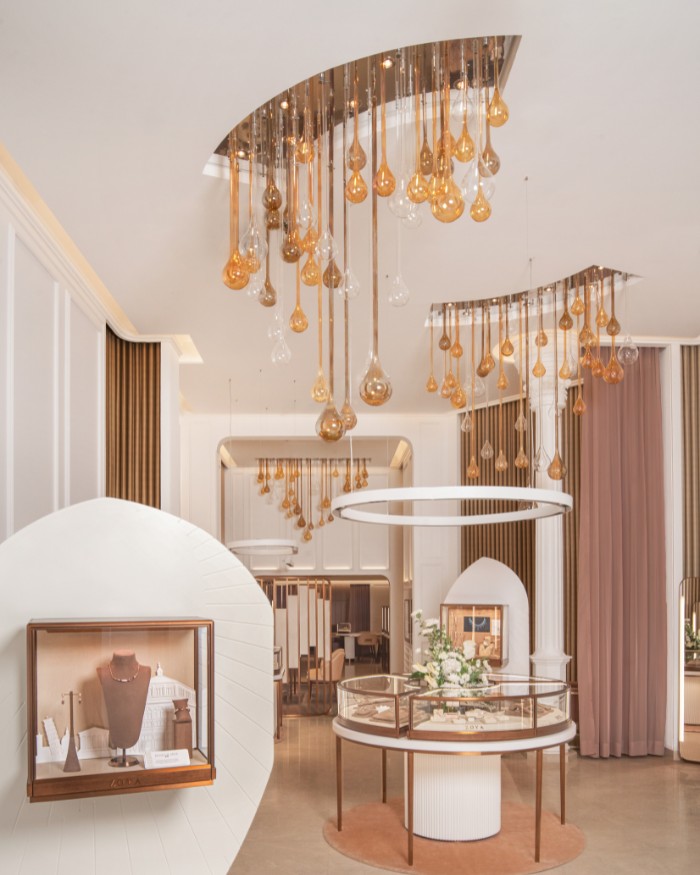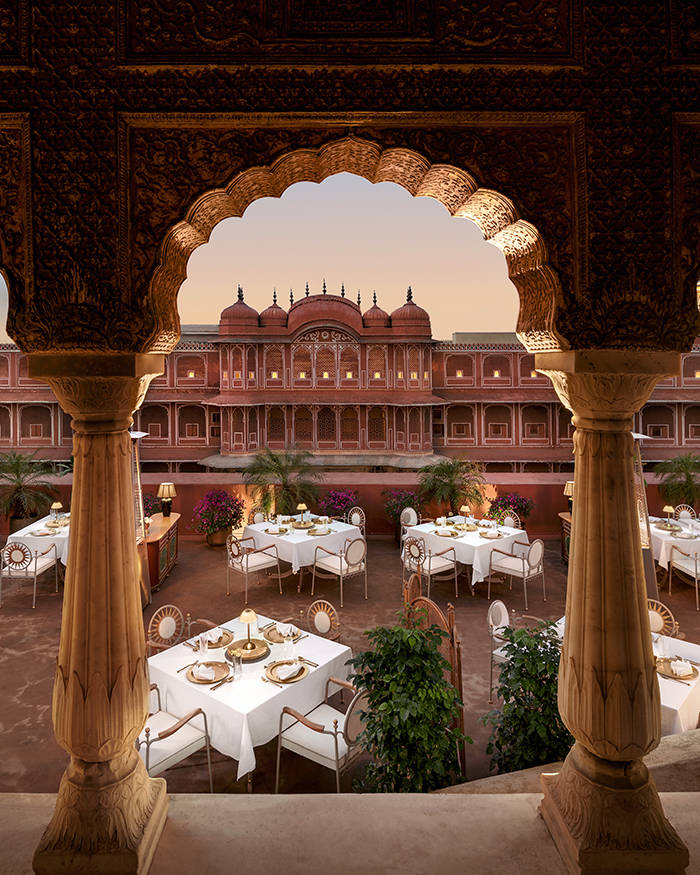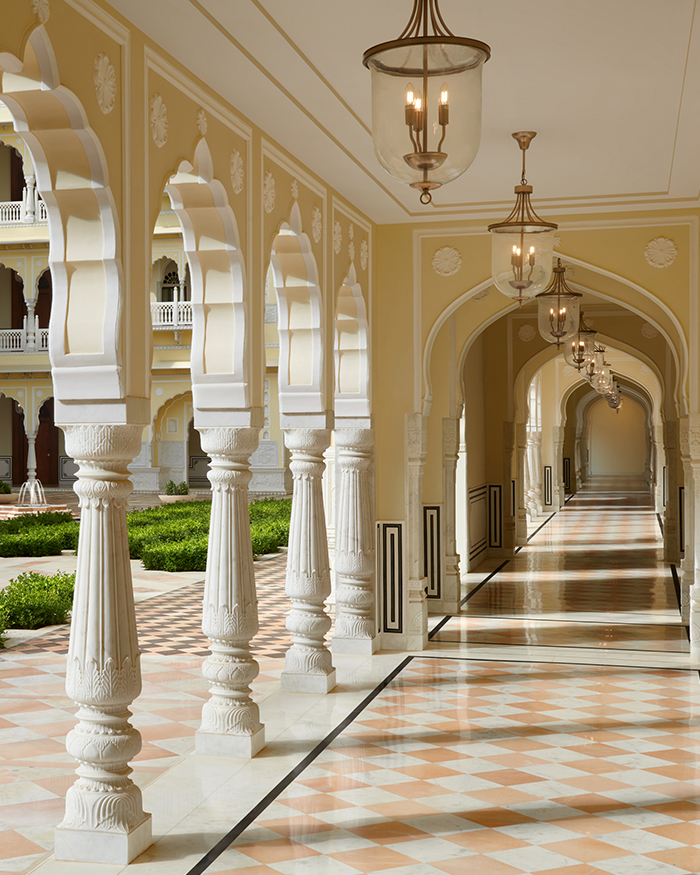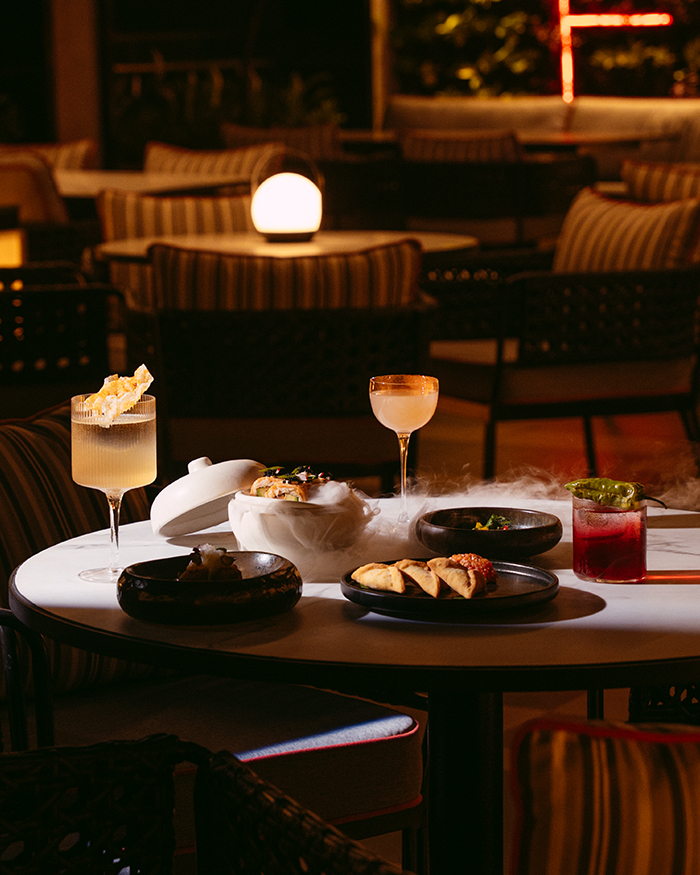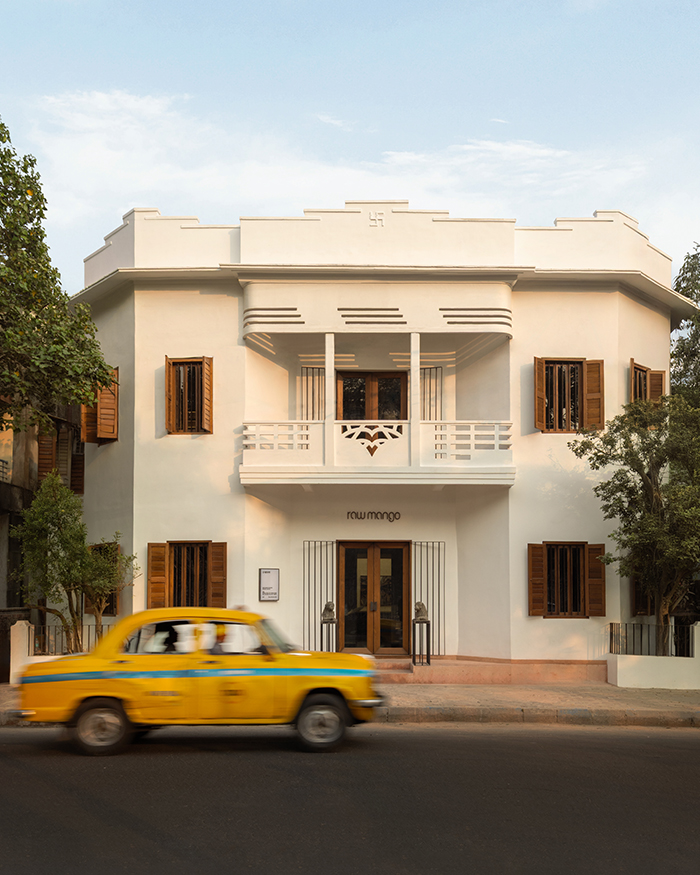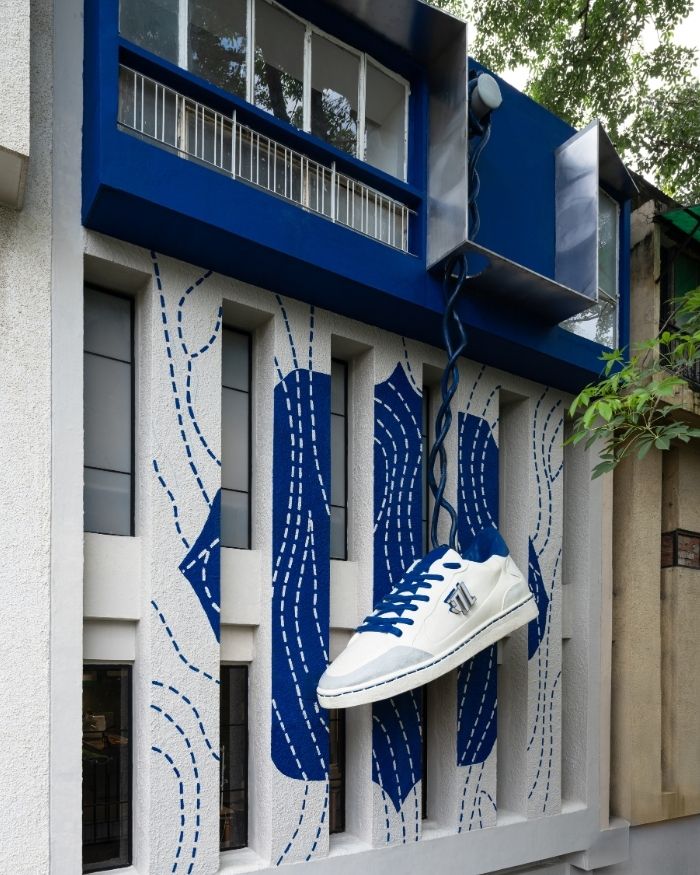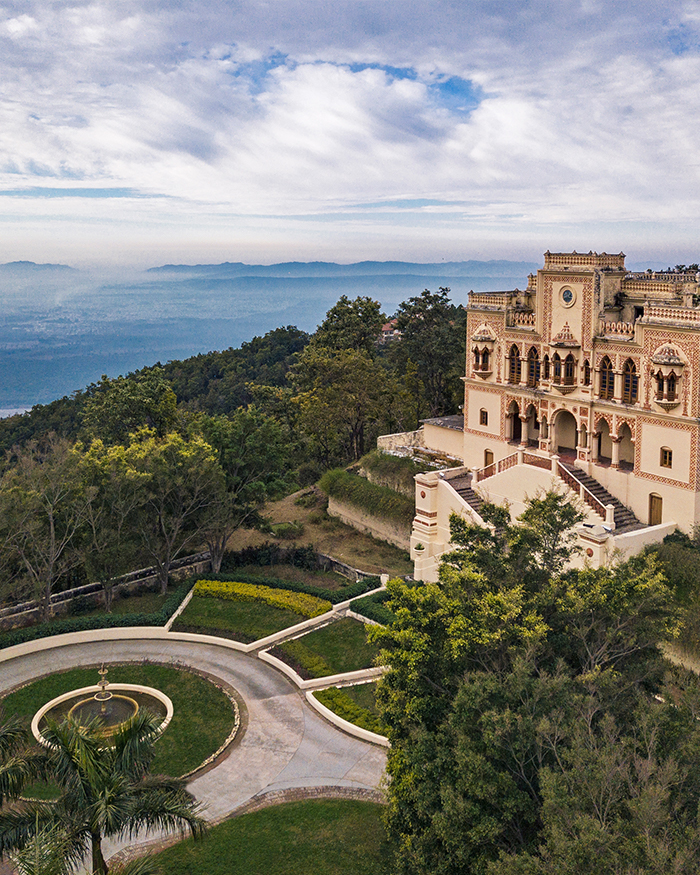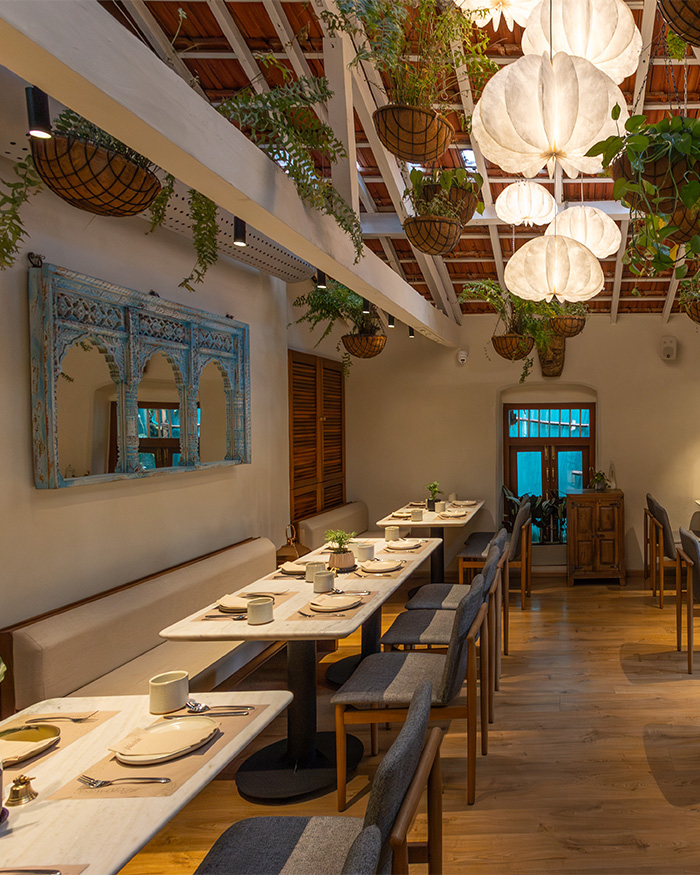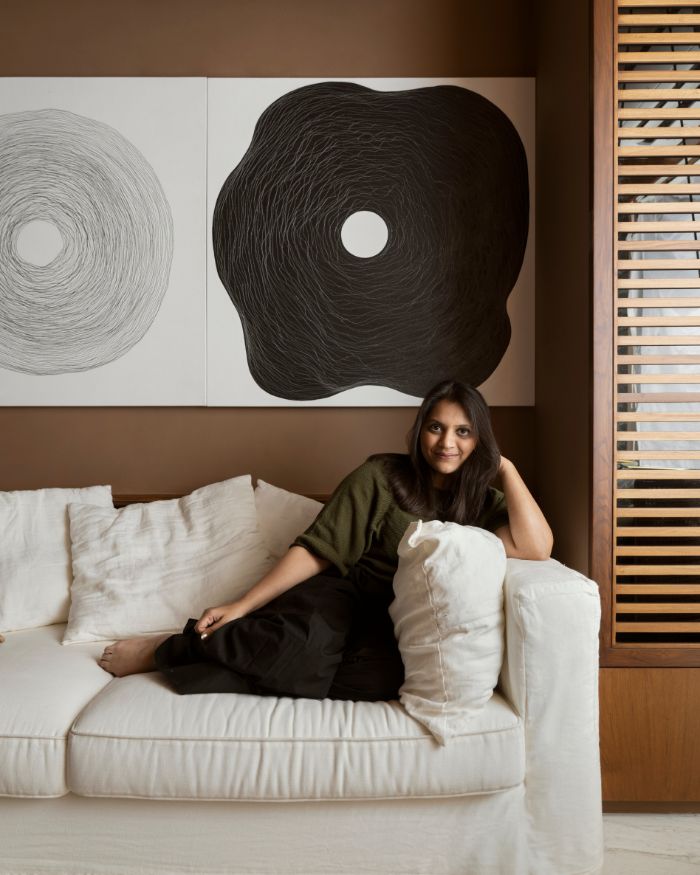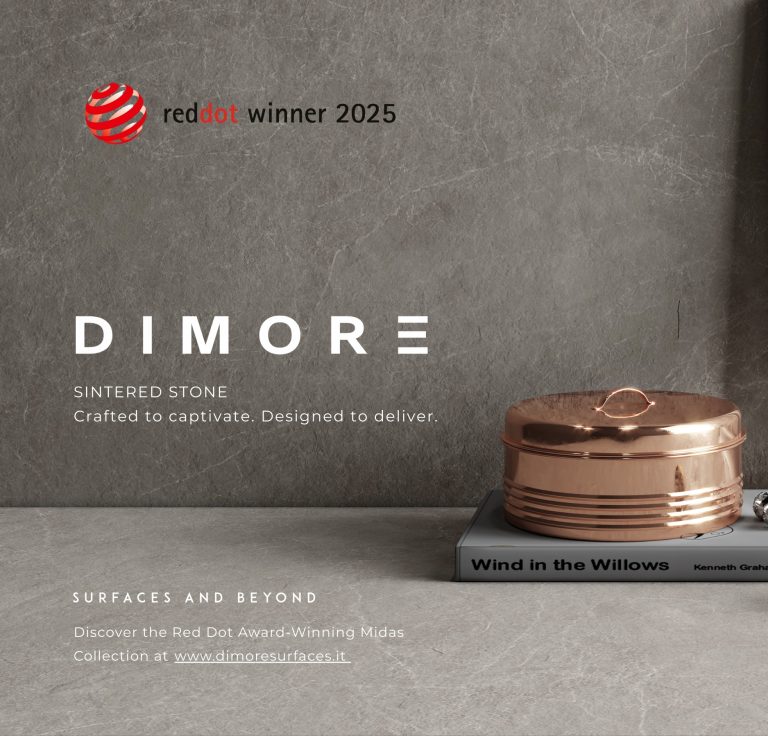It’s a rainy afternoon in South Mumbai and the only most colourful view in front of me are the glossy, enamelled pieces of jewellery inside the magnolious Zoya boutique, the luxury jewellery atelier from the Tata Group. A limited edition born out of a first-time collaboration with international jewellery designer Alice Cicolini, enamel takes the hot seat as the perfect match for uncut diamonds in a collection of 19 pieces.
But what is it about enamelling — a form of which is famously called meenakari in India — that irresistibly draws one to it? Is it the tenacious art of decorating metal with enamel, which is made with powdered glass and other liquids before being fired on a kiln? Is it the studied complexity of the meenakars who engrave the enamelled colours on jewelled pieces with precise hands, faultlessly remembering their generations-old skills till today? Or, is it the simplistic strength of the enamel’s appearance that commands a double take at every glance…
"I want to remind young Indian women why enamel is so beautiful. Why choose a solitaire diamond on a platinum band when you can wear this gorgeous poetry on your body?" — Alice Cicolini
